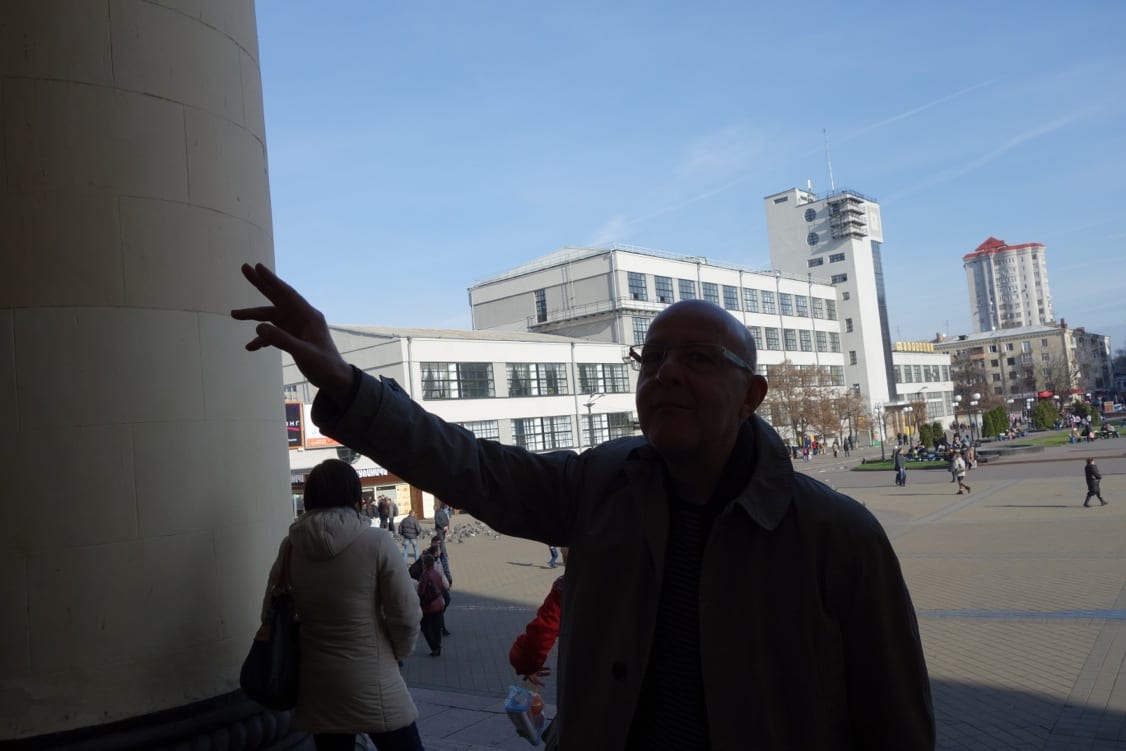The news that the Royal Photographic Society Collection is being transferred from the National Media Museum in Bradford to the Victoria and Albert Museum (V&A) in London can easily fit into the narrative of unequal distribution of arts funding outside of London.
The reasons for this are structural and historical. And this is the reason why photography has never had a secure place in our museums.
It was in the late 19th century that some of our major museums where founded on the fault line defined by either the applied arts or the scientific.
It was from The South Kensington Museum founded in 1857 – six years after the Great Exhibition – that the present Science Museum and the V&A would emerge, one taking the scientific and technology route and the other developing into an applied art museum.
This is the fault line that still has to be negotiated today. You can see the new Media Space at the Science Museum as one way of dealing with this split with their mix of exhibitions displaying art and scientific photography. You might wonder if this project will continue as the Royal Photographic Society Collection is moved, but in theory this should not undermine their programme.

By removing the Royal Photographic Society Collection from the National Media Museum, or what Jo Quinton-Tulloch, the present director of the museum, called “art photography”, seems to suggest that they are reverting back to the split between the applied arts and the scientific – split made over hundred years ago.
But we should not blame the National Media Museum and the Science Museum Group for ‘passing-on’ the collection to the V&A, they have to deal with cuts of 30% to its funding from Department of Culture, Media and Sport (DCMS). Cuts make you focus on your perceived core values and aims.
This has been clearly stated by Jo Quinton-Tulloch: “Our new mission is to explore the science and culture of light and sound. This means using our world-class collections in photography, cinematography and television to inspire future generations of scientists and engineers from Bradford, Yorkshire and beyond.”
The obvious omissions from this list are filmmakers, television directors and photographers. They have to be inspired somewhere else. With this new mission the museum will focus on the STEM subjects of science, technology, engineering and mathematics.
This change of direction should be seen in a wider government policy of promoting science and technology in education, and it does make sense that national museums should be involved in this policy direction. But this does highlight other inconsistencies in government policies.

